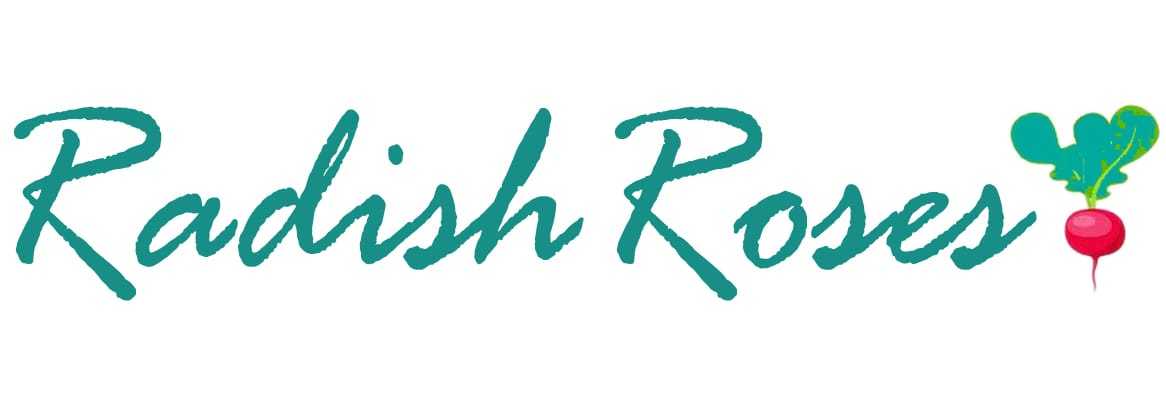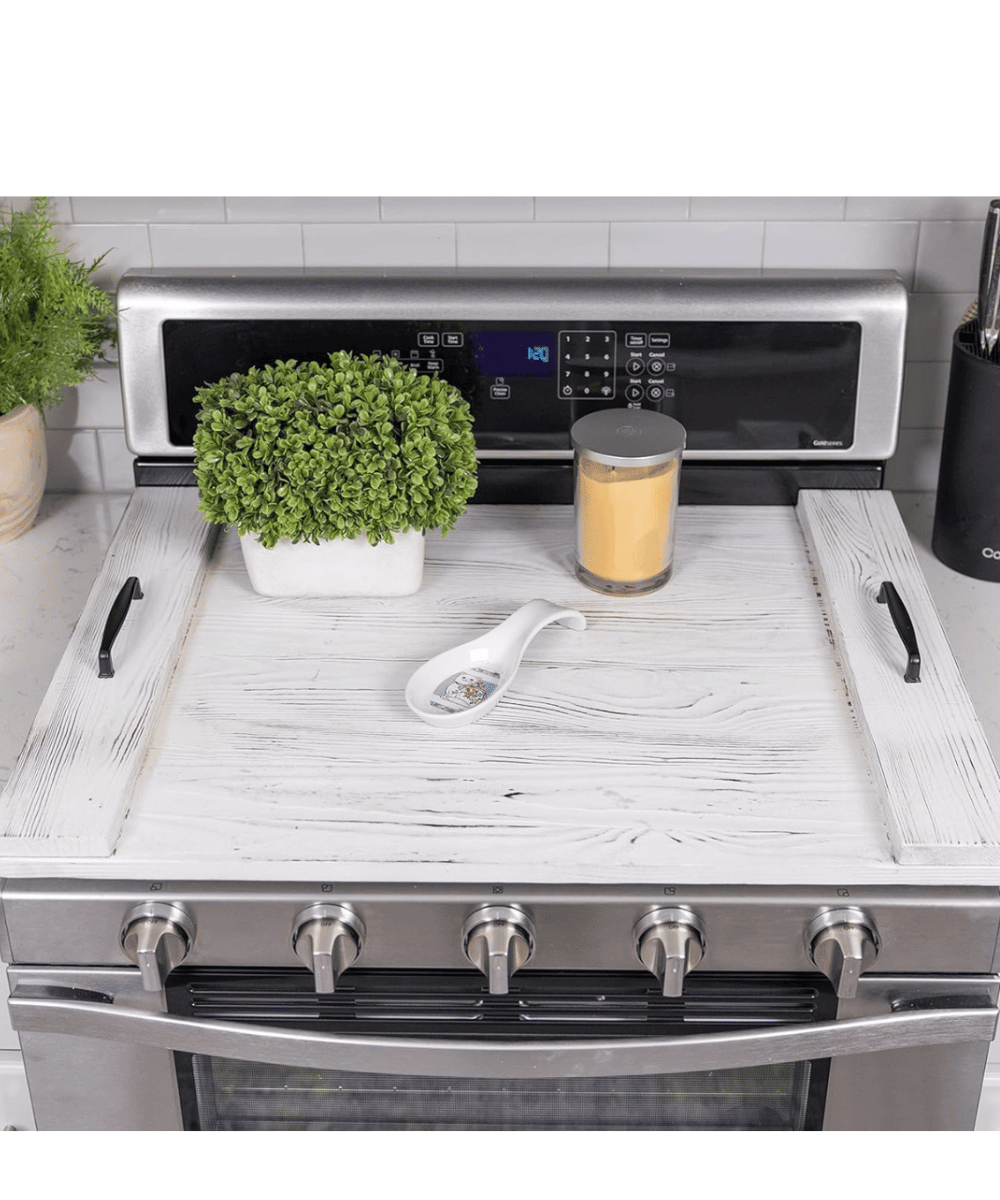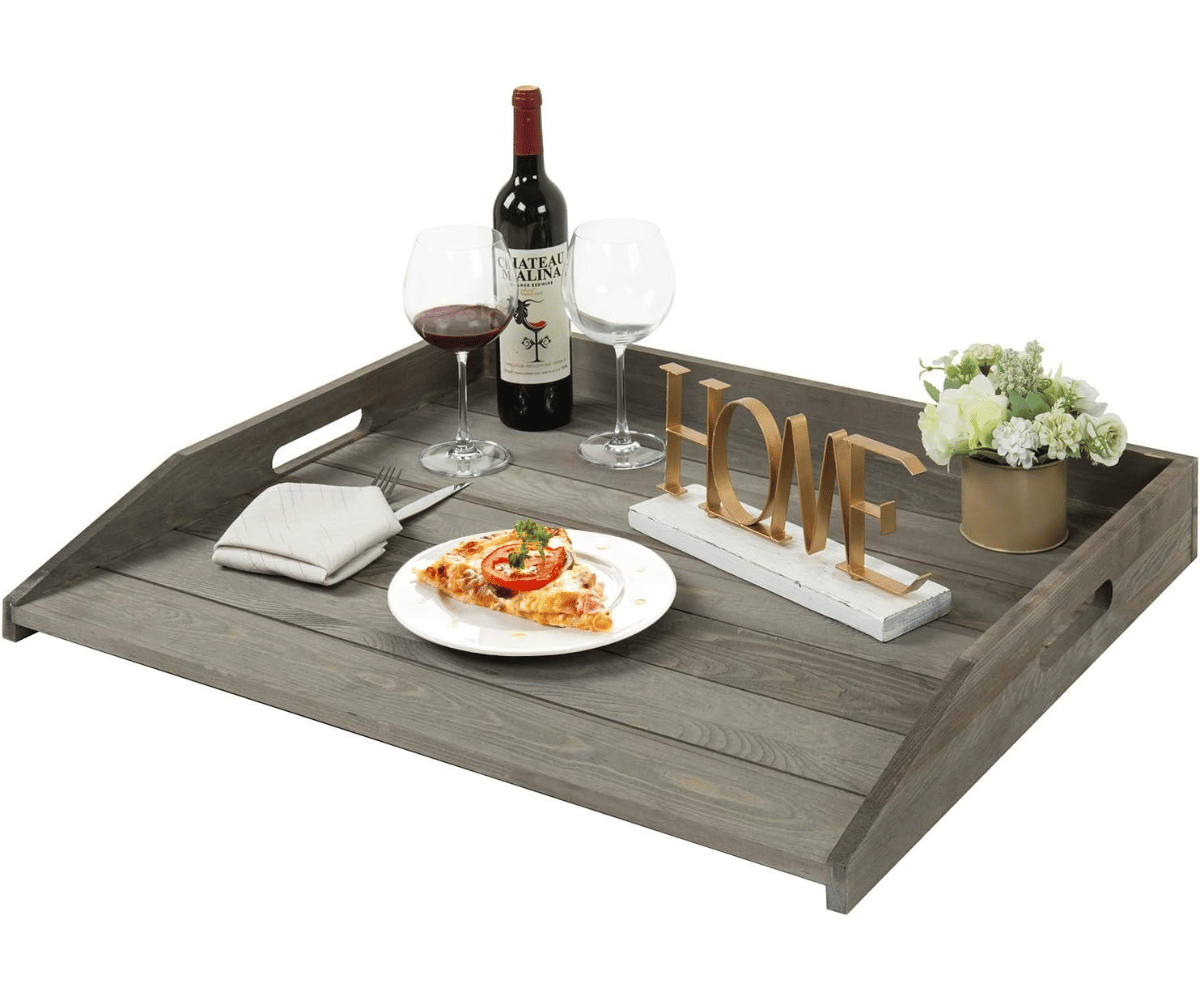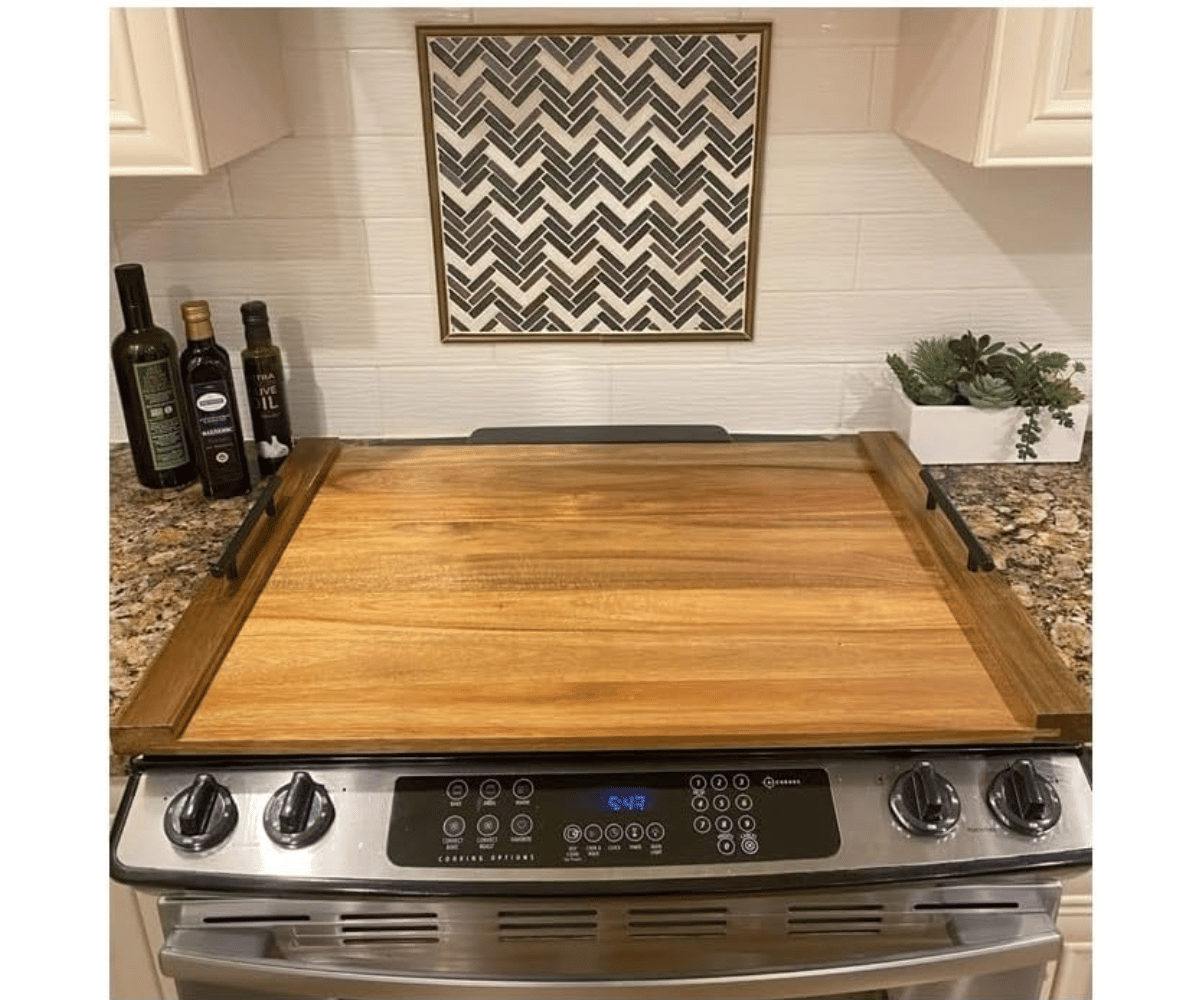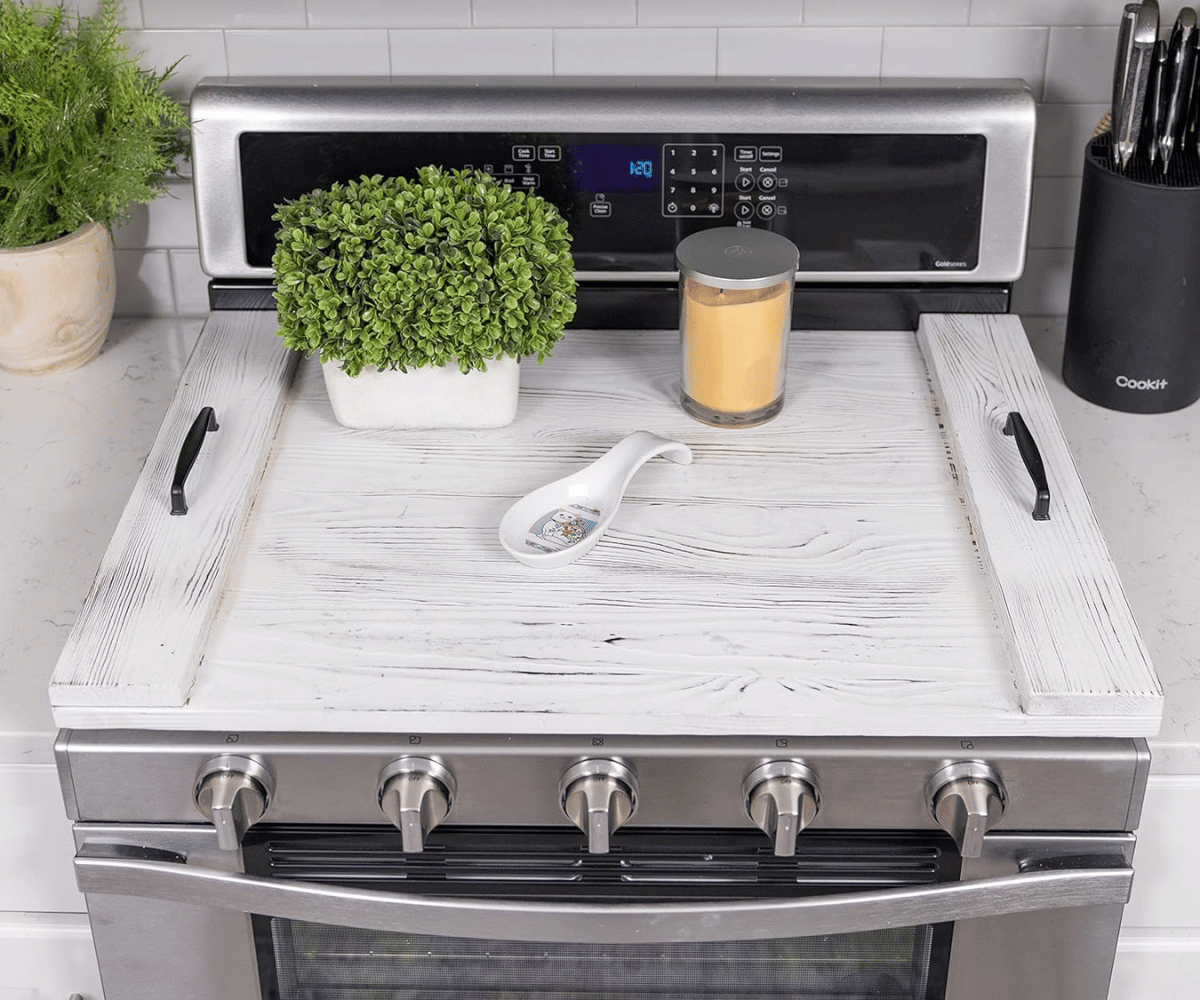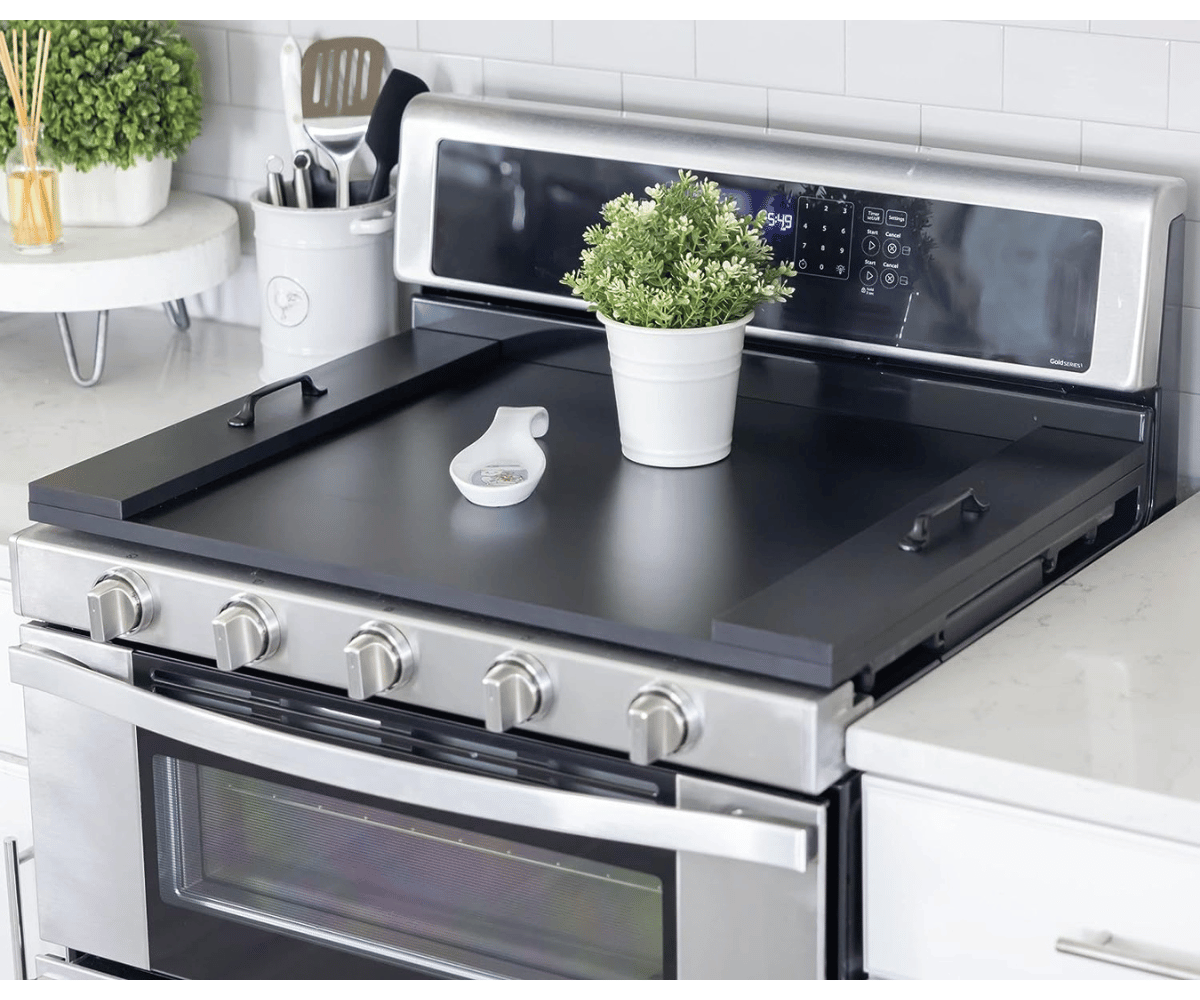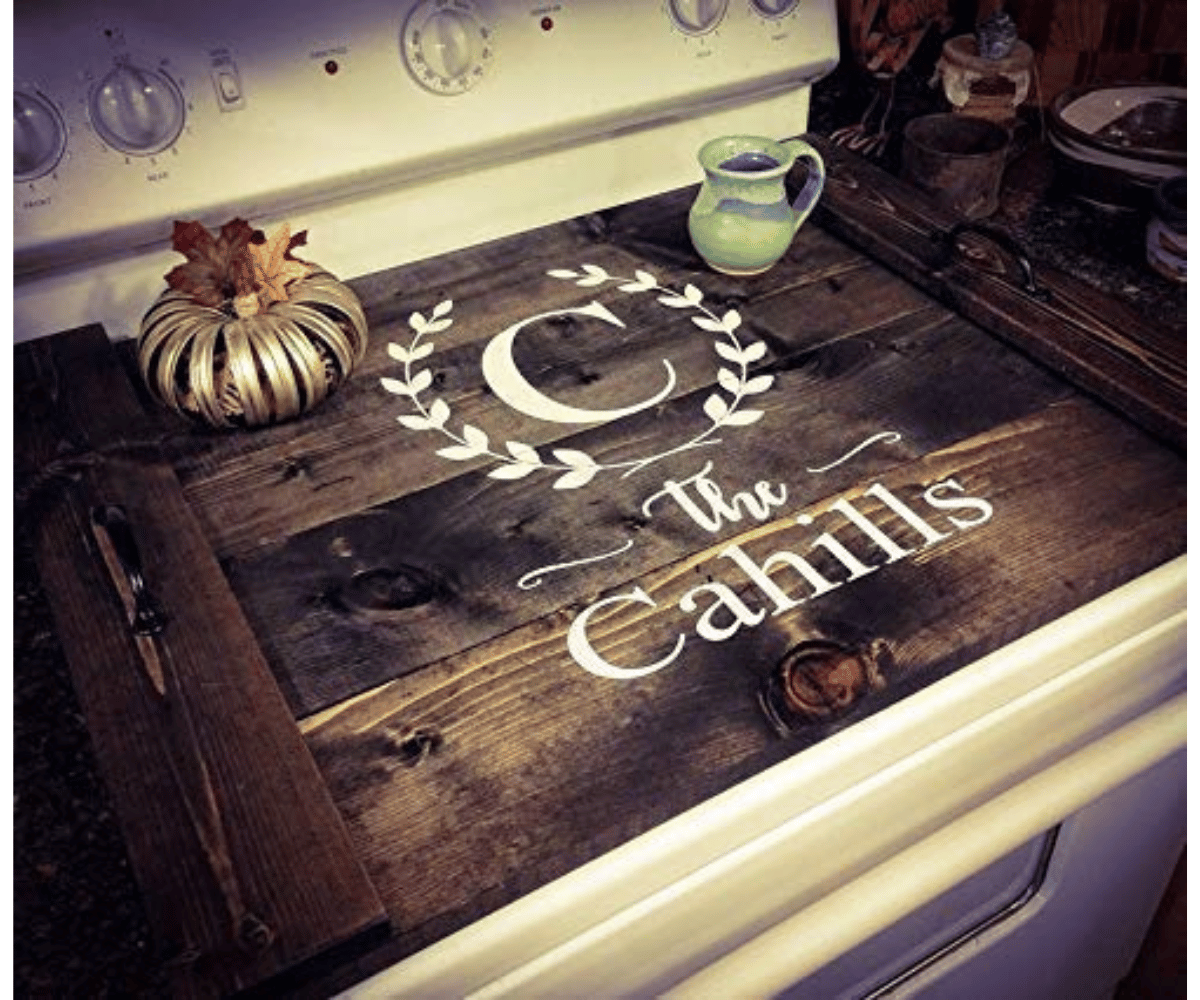Noodle boards have been gaining popularity in recent years. What are they, and why do you need one? This comprehensive guide will take you through everything you need to know about noodle boards, from their history to their practical uses in today's kitchens.
Key Takeaways:
- Understand what a noodle board is and its historical significance.
- Discover the various uses and benefits of having a noodle board in your kitchen.
- Learn how to choose the right noodle board for you and how to care for it.
The Origins of the Noodle Board
The noodle board is a kitchen accessory with a rich history. Its origins can be traced back to the days when pasta-making was a common household task. These boards were traditionally used to roll out dough and cut noodles, hence the name. They were typically made of wood, which provided a naturally non-stick surface that was ideal for working with dough.
Today, noodle boards have evolved beyond their original purpose. While they still serve as a functional tool for pasta enthusiasts, they have also become a decorative and versatile addition to modern kitchens. Their rustic charm and practicality have made them a favorite among home cooks and interior decorators alike.
A Multifunctional Kitchen Accessory
Noodle boards are no longer just for noodles. They have become multifunctional kitchen accessories that can serve several purposes. For instance, they can be used as a stovetop cover, providing additional counter space in small kitchens or simply hiding an unsightly cooktop when not in use. They also double as serving trays, cheese boards, or even as a platform for kitchen decor.
Their versatility makes them an excellent investment for anyone looking to maximize their kitchen's functionality and aesthetic appeal. Whether you're rolling out dough or setting up a charcuterie spread for guests, a noodle board can be your go-to kitchen helper.
Choosing the Right Material
When selecting a noodle board, the material is a crucial factor to consider. The most common materials are wood and bamboo, both known for their durability and natural beauty. Wooden noodle boards offer a classic look and can be found in various types of wood, such as maple, cherry, or walnut. Bamboo, on the other hand, is a more sustainable option and is known for its strength and resistance to moisture.
Each material has its own set of benefits and maintenance requirements, so it's essential to choose one that aligns with your needs and lifestyle. Whether you prefer the traditional warmth of wood or the eco-friendly qualities of bamboo, there's a noodle board out there for you.
The Art of Pasta Making
Noodle boards are synonymous with the art of pasta making. They provide a large, flat surface that's perfect for kneading dough, rolling it out, and cutting it into various shapes and sizes. The slightly porous nature of wood is ideal for absorbing excess moisture from the dough, which helps in achieving the perfect pasta texture.
For those who love making pasta from scratch, a noodle board is an indispensable tool. It allows for ample space to work the dough and can be easily cleaned after use, making the pasta-making process more enjoyable and less messy.
Integrating into Your Kitchen Decor
One of the most appealing aspects of noodle boards is their ability to blend seamlessly into kitchen decor. They can be customized with different finishes, stains, or painted designs to match your kitchen's theme. Some people even use them as a base for displaying spices, oils, or other kitchen essentials, turning the noodle board into a functional piece of art.
Whether you have a modern, minimalist kitchen or a cozy, country-style space, a noodle board can enhance the overall look of your kitchen while serving its practical purposes.
Stovetop Cover and Extra Counter Space
In smaller kitchens, every inch of counter space is valuable. A noodle board can serve as a stovetop cover, providing a flat surface for meal prep or storage when the stove is not in use. This not only adds functionality to your kitchen but also helps to keep your stovetop clean and free from dust when it's not being used for cooking.
The added counter space is especially useful for apartment dwellers or those with limited kitchen space. It's an easy and stylish solution to expand your work area without the need for a full renovation.
Care and Maintenance Tips
To ensure your noodle board lasts for years to come, proper care and maintenance are essential. Wood and bamboo boards should be regularly oiled to maintain their finish and prevent drying or cracking. It's also important to clean them with a mild soap and water after use, avoiding harsh chemicals that can damage the material.
Regular maintenance not only preserves the appearance of your noodle board but also its functionality. With the right care, your noodle board can remain a beautiful and useful part of your kitchen for a long time.
The Perfect Gift for Home Cooks
If you're looking for a unique and thoughtful gift for someone who loves to cook or entertain, a noodle board is an excellent choice. It's a versatile kitchen accessory that combines functionality with aesthetic appeal. Whether they're a pasta aficionado or simply appreciate well-crafted kitchen items, a noodle board is sure to be a hit.
With the option to personalize or choose from various designs, you can find a noodle board that perfectly suits the recipient's taste and kitchen style.
Safety Considerations
While noodle boards are incredibly useful, it's important to use them safely, especially when using them as stovetop covers. They should never be placed over a hot stove, and it's crucial to ensure the stove has cooled down completely before covering it with a noodle board. Additionally, if you have a gas stove, it's essential to be aware covering it with a noodle board can pose a fire hazard, or could cause pilot lights to go out, causing a natural gas leak. Only use a noodle board on a gas stove if the surface is cool and do not leave it unattended or for extended periods.
Always prioritize safety when using your noodle board, and enjoy the benefits it brings to your kitchen with peace of mind.
Summary
Noodle boards are a multifaceted kitchen accessory that can serve as a tool for pasta making, a stovetop cover, a serving tray, and a decorative piece. They come in various materials, with wood and bamboo being the most popular choices. When selecting a noodle board, consider its material, size, and how it will fit into your kitchen's decor and functionality. Proper care and maintenance will ensure your noodle board remains a cherished part of your kitchen for years to come.
FAQ Section
Q: Can noodle boards be used on all types of stoves? A: Yes, noodle boards can be used on all types of stoves, but they should only be placed on the stovetop when it is completely cool. For gas stoves, use with caution: ensure the pilot lights are not making the stovetop too hot. It would be best not to keep the board on the gas stove unattended, or for long periods of time, due to fire risk. Additionally, the board might block oxygen flow, and put out the flame of the pilot light, allowing natural gas to flow into the home. If you smell gas, leave the house and call 911.
Q: How do you clean and maintain a noodle board? A: Clean your noodle board with mild soap and water after use. Regularly oil wooden or bamboo boards to maintain their finish and prevent them from drying or cracking. Avoid using harsh chemicals or submerging the board in water.
Q: Are noodle boards only for making pasta? A: No, noodle boards are versatile and can be used for a variety of purposes, including as a stovetop cover, serving tray, cheese board, or decorative kitchen piece. They are not limited to pasta making, although they are excellent for that purpose.
